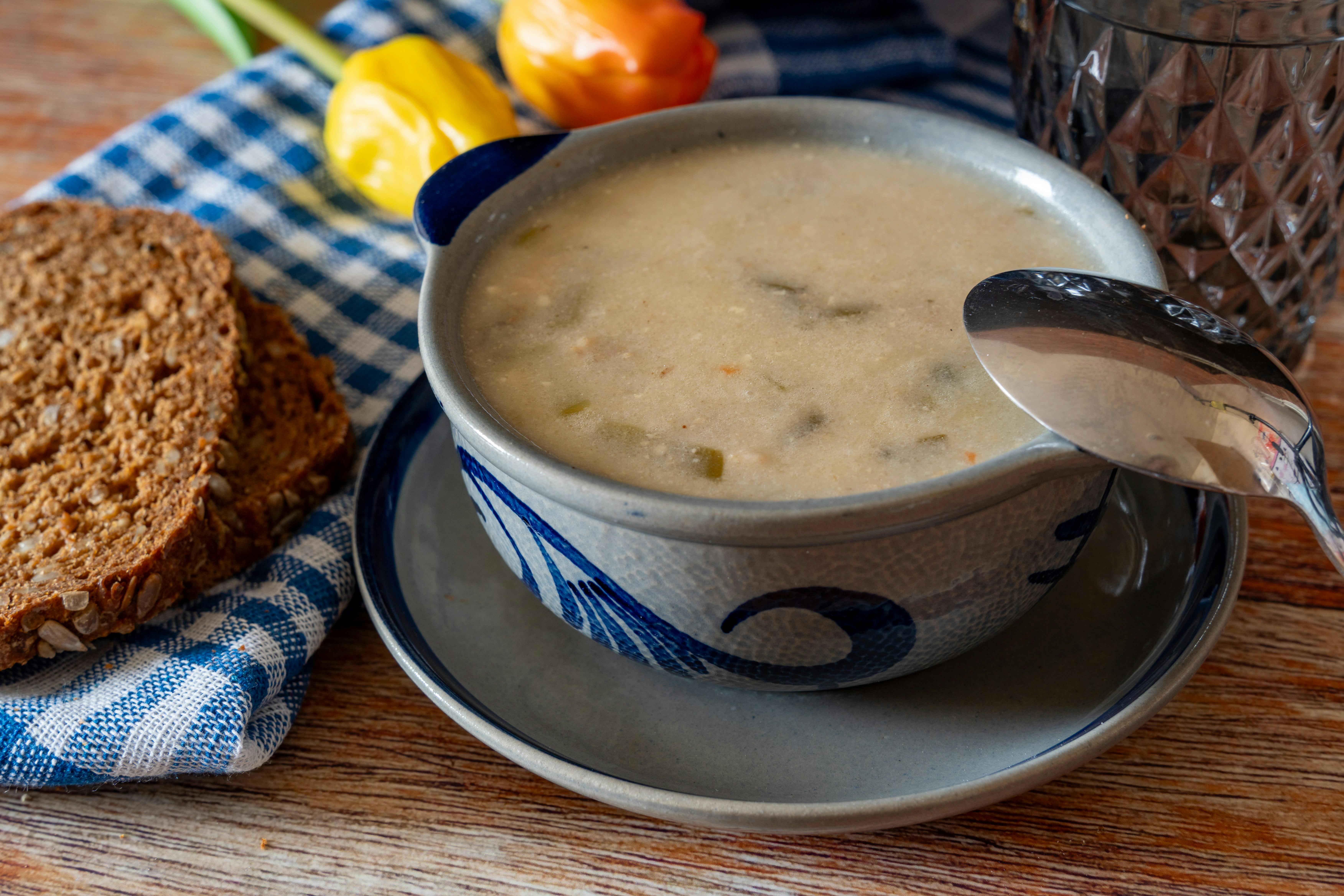
Effective Ways to Improve Your Protein to Calorie Ratio in 2025
In the evolving landscape of nutrition in 2025, understanding how to enhance your protein to calorie ratio is crucial for achieving your health and fitness goals. The protein to calorie ratio is a vital metric that helps in optimizing macronutrient balance, which can lead to better muscle growth, weight loss, and improved metabolic health. As people become more aware of their caloric needs, there arises a greater emphasis on incorporating protein-rich meals into daily diets.
This article will explore effective strategies for increasing your protein intake while managing calorie count. By the end, you'll have actionable tips for meal planning, understanding protein quality, and navigating food choices to enhance your overall nutrition. Additionally, we will discuss how to track these metrics effectively and the role of protein supplements in a balanced diet.
Key takeaways from this guide include:
- Strategies to boost protein without excessive calories
- Insights into calorie-dense foods and their effects
- Meal planning tips for a balanced diet
- Understanding the importance of food composition in meal prep
Understanding Protein and Caloric Needs
Before diving into ways to improve your protein to calorie ratio, it's essential to understand your individual caloric needs and how protein fits into your daily diet. Each person’s requirements depend on various factors such as age, activity level, and fitness goals. Utilizing tools to calculate your daily energy needs can provide a solid foundation for dietary adjustments.
Calculating Your Daily Energy Needs
The first step to optimizing your diet involves calculating how many calories you require each day. This calculation typically relies on factors such as Basal Metabolic Rate (BMR) and physical activity level. Tools that help estimate your energy expenditure can guide you towards a better understanding of your specific needs.
Importance of Protein Quality
Not all proteins are created equal. Protein quality refers to the presence of essential amino acids and how efficiently your body can utilize a protein source. For instance, animal proteins often contain a complete range of amino acids compared to many plant-based sources. Understanding these differences will aid you in selecting the best protein sources for your diet.
Creating a Balanced Macronutrient Ratio
Achieving a balance in macronutrients—carbohydrates, fats, and proteins—is integral to maximizing your protein to calorie ratio. A general guideline encourages a diet where protein constitutes a significant portion of your caloric intake, ideally around 25-30% for active individuals. Adjusting the remaining calories between fats and carbohydrates can enhance your energy levels and support overall wellness.
Strategies for Increasing Protein Intake
Building on the understanding of your caloric needs and protein quality, there are several strategies you can adopt to increase your protein intake effectively. Below are practical tips on incorporating more protein into your meal planning while keeping calorie counts in check.
Incorporating High-Protein Foods
To effectively boost your protein intake, prioritize high-protein foods such as lean meats, fish, eggs, dairy, legumes, and tofu. These foods not only contribute to your daily protein goals but also tend to be less calorie-dense, allowing for greater volume in meals. Including a variety of these options can ensure you meet your nutrient intake needs.
Utilizing Protein Supplements Wisely
Protein supplements, including shakes and bars, can serve as efficient tools for reaching protein goals, especially for athletes or those with heightened dietary needs. However, it’s essential to choose high-quality options that contribute positively to your overall nutrient profile, avoiding those laden with sugars and unhealthy fats.
Meal Prep for Protein Efficiency
Meal prep is an effective strategy for maintaining a high protein to calorie ratio. By preparing balanced meals in advance, you can ensure that you always have access to protein-rich meals that fit within your caloric guidelines. Cook in batches, incorporate a variety of sources, and store meals for easy access throughout the week.
Understanding Calorie-Dense Foods
A key concept in improving your protein to calorie ratio is recognizing the role of calorie-dense foods. While these foods can be tempting due to their appealing taste and convenience, they often displace healthier, protein-rich options.
Identifying Caloric Sneaks
Foods like sugary snacks, fried items, and excessive oils can inadvertently raise your calorie count without providing much protein. By identifying these calorie-dense foods, you can make informed choices to replace them with healthier snacks that contribute to your protein goals, enhancing your overall dietary quality.
Smart Snack Choices
Increasing your protein intake can be achieved by swapping traditional snacks for high-protein alternatives. Options such as Greek yogurt, cottage cheese with fruits, or nuts can provide a satisfying way to keep hunger at bay while delivering a protein boost. Aim for snacks that fit within your caloric budget yet still support your nutrition objectives.
Emphasizing Food Composition
Understanding food composition is crucial. When grocery shopping, read food labels carefully. Look for values that highlight protein content relative to overall caloric values. This practice promotes better food choices and helps you make informed decisions that enhance your diet.

Tracking Your Dietary Progress
After implementing strategies to enhance your protein to calorie ratio, the next step is to track your dietary habits effectively. This ensures that you reach both your fitness goals and stay on top of your overall health journey.
Utilizing Nutrition Apps
With advancements in technology, various nutrition apps have emerged, helping individuals track their food intake effortlessly. Many of these apps allow you to log your meals, track macros, and monitor caloric intake, aiding in strategic planning around protein supplementation.
Maintaining a Food Diary
Writing down what you eat in a food diary is a practical approach to enhancing awareness of your dietary habits. This practice can illuminate consumption patterns, enabling you to see where adjustments are necessary, especially concerning protein-rich meals. Mindful eating through documentation often leads to better decision-making.
Regular Assessments of Progress
Routine assessments of your dietary progress ensure that you remain aligned with your goals. This includes adjusting protein sources as needed, assessing your macronutrient ratios, and evaluating any changes in your body composition. Regular check-ins promote accountability and motivation to stay on track.

The Role of Protein Timing in Meal Planning
Understanding when to consume protein can be as crucial as how much you eat. Protein timing involves strategically planning your protein intake around physical activities, enhancing muscle recovery and growth.
Timing for Post-Workout Nutrition
Post-workout nutrition is critical for muscle recovery. Consuming a mix of protein and carbohydrates soon after exercise can enhance protein synthesis and replenish energy stores. Aim for a balanced meal that includes both macronutrients to maximize recovery rates and support your fitness goals.
Spacing Protein Throughout the Day
Instead of loading up on protein in one meal, spreading your protein intake throughout the day can improve absorption rates and satiety, which may help with appetite control. Consider implementing protein in each meal and adjusting according to your meal frequency preferences.
Pre-Workout Protein Strategies
Consuming adequate protein before workouts can provide the necessary fuel for performance. Evaluate your workout timing to decide whether a pre-workout snack or meal would benefit your exercise session, aiming for food options that are easily digestible for optimal outcomes.
Conclusion: Achieving a Balanced Diet
Improving your protein to calorie ratio in 2025 is a highly beneficial endeavor that can lead to significant health improvements. By implementing the discussed strategies—adjusting protein sources, tracking caloric intake, and timing your meals—you can enhance your overall nutrition effectively.
As you explore personalized nutrition plans and build on your meals, remember that achieving your fitness targets requires a combination of informed choices and sustained effort. Therefore, embrace the journey of optimizing your protein intake while enjoying a diverse, balanced diet.